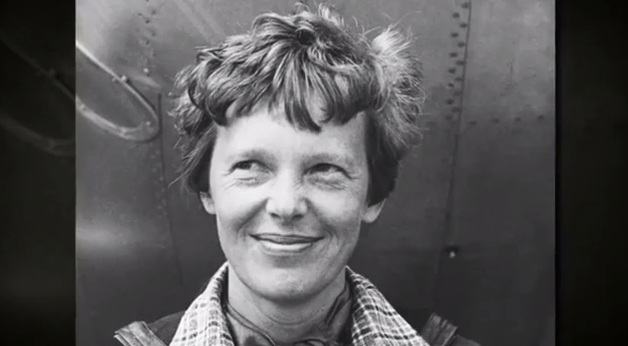SUMMARY
This is AI generated summarization, which may have errors. For context, always refer to the full article.

HONOLULU, Hawaii – Seventy-five years after Amelia Earhart disappeared over the Pacific, a research team has decided to go on an expedition to solve the mystery over the pioneering aviatrix’s fate.
The International Group for Historic Aircraft Recovery (TIGHAR) headed to Nikumaroro island in Kiribati July 3 to try to establish whether Earhart survived the apparent crash of her aircraft three quarters of a century ago.
“She did not go down at sea. She was on land, and we think we know what land she was on, and where to search in the water for what’s left of the plane,” the group’s head Richard Gillespie told CNN.
The expedition will use state-of-the-art technology, including a multi-beam sonar to map the ocean floor and a remote-controlled device similar to one that found the black boxes from the Rio-to-Paris Air France flight that crashed into the South Atlantic in 2009.
A cargo ship carrying the equipment and a crew of about 20 scientists departed to Hawaii to explore both the island and an underwater reef slope at its west end.
“This is the hi-tech deep water search we’ve long wanted to do but could never afford,” the search team said on its website.
The expedition team originally planned to set sail on July 2, the exact day when Earhart vanished in 1937 aboard her twin-engine Lockheed Electra.
But the launch had to be postponed by one day to allow time for a Kiribati customs official to reach Hawaii and accompany the voyage.
Earhart, 39, was flying with navigator Fred Noonan during the final stage of an ambitious round-the-world flight along the equator at the time that her plane disappeared.
The holder of several aeronautical records — including the first woman to cross the Atlantic by air — Earhart had set off from New Guinea to refuel at Howland Island for a final long-distance hop to California.
In what turned out to be her final radio message, she declared she was unable to find Howland and that fuel was running low.
Several search-and-rescue missions ordered by then-president Franklin Roosevelt turned up no trace of Earhart or Noonan, who were eventually presumed dead at sea.
Conspiracy theories flourished, including one contending that Earhart was held by Japanese imperial forces as a spy. Another claimed she completed her flight, but changed her identity and settled in New Jersey.
Aircraft debris reportedly was found by island residents in subsequent years, but the TIGHAR research team is operating on the hypothesis that the aircraft landed safely on the reef and remained there for several days before being washed over the edge by rising tides and surf.
TIGHAR suspects that Earhart and Noonan reached Gardner Island — at the time a British possession and now known as Nikumaroro — and managed to survive for an unknown period of time.
Nikumaroro is the staging ground for the effort to locate and photograph any wreckage from Earhart’s plane that might still exist.
The uninhabited coral atoll is a mere 3.7 miles (6 kilometers) long by 1.2 miles (two kilometers) wide, and is about 300 miles (480 kilometers) southeast of Howland Island.
Gillespie, TIGHAR’s executive director, told AFP that if debris is found, it will not be gathered, but will be photographed and its location carefully documented for a future expedition.
The search team is being accompanied by a three-person camera crew who will film the expedition for a planned television special later this year. – Agence France-Presse
Here is a video story on the search for Earhart in Discovery News:
Add a comment
How does this make you feel?
There are no comments yet. Add your comment to start the conversation.